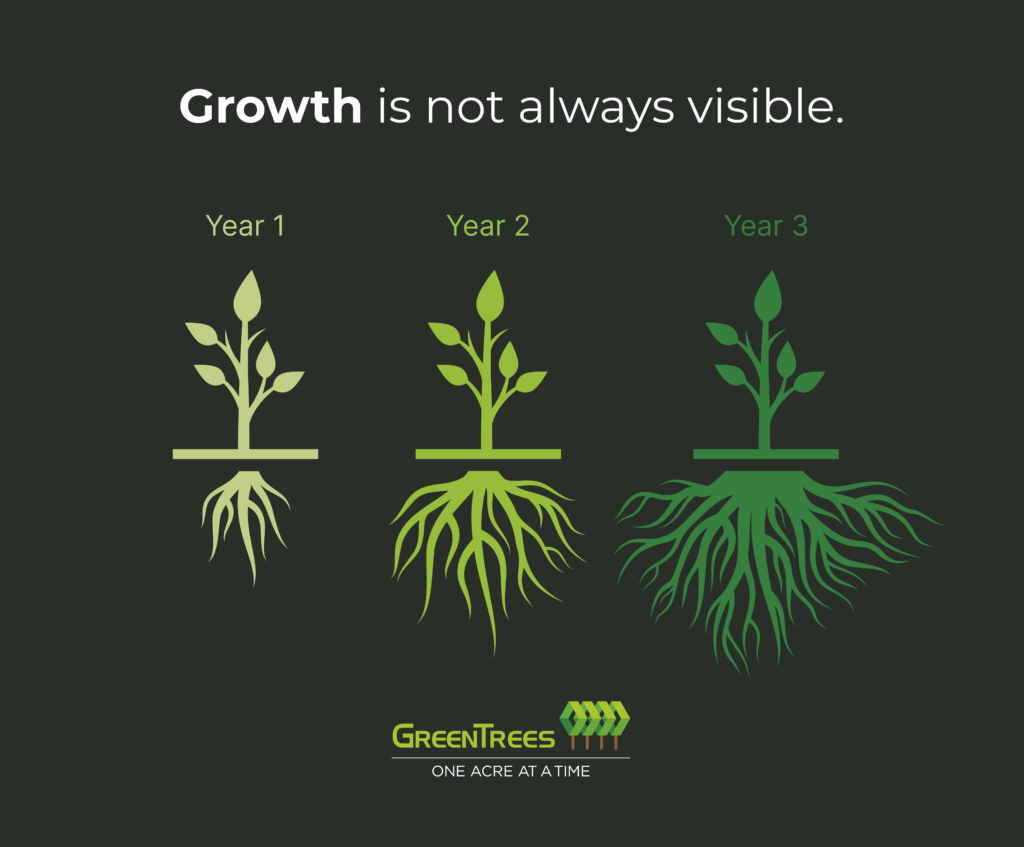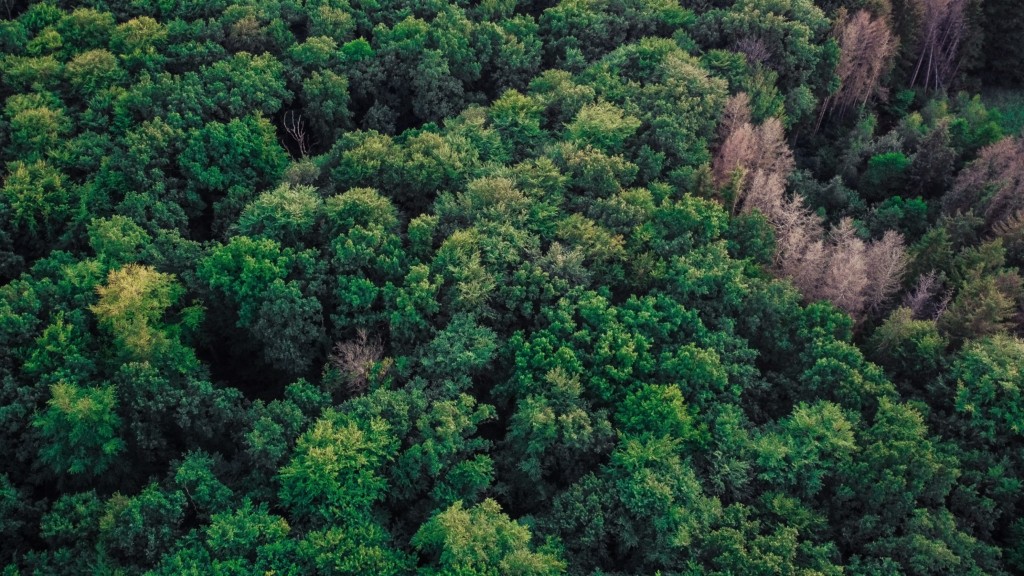Part 1: Defining the Playing Field for Reforestation
Like any good offense, the first key is to define the playing field that the offense is going to operate on. Since the dawn of the industrial revolution, there has been a steady march of the population moving to the cities.
As Geoffrey West, author of the book, Scale: The Universal Laws of Life, Growth, and Death in Organisms, Cities, and Companies, writes that we are moving “from the Anthropocene to the Urbanocene — a planet dominated by cities.” West writes, “The future of humanity and the long-term sustainability of the planet are inextricably linked to the fate of our cities…Rapid urbanization and accelerating socioeconomic development have generated multiple global challenges ranging from climate change and its environmental impacts to incipient crises in food, energy, and water availability, public health, financial markets, and the global economy.”
To draw a finer point, let us examine our nation’s capital — Washington, DC metro area. The metro area has a population of over 6.2 million people and is surrounded by a dozen or so edge cities. According to Joel Garreau, who popularized the term, there are five characteristics of an edge city.
- Has more than 5 million square feet of office space
- Has more than 600,000 square feet of retail space
- Has more jobs than bedrooms
- Is perceived as one place
- Was nothing like a city 30 years ago.
The DC metro region is nestled inside the Chesapeake Bay Watershed. The Bay is the largest estuary in the United States and the third largest in the world. From water to food to coastal resiliency, the Bay is a critical resource for an expanding population. Yet, the urbanization has created pressures on this resource and, in doing so, has put the resiliency of the region at risk.
So what does this have to do with reforestation? Very simply, as large and small communities across our nation come under stress more and more from the interface of human and natural resource needs supporting them, productive forestland relates to their civic vitality. Just as with single communities, the expanse of the -Baltimore – Washington – Richmond – Norfolk corridor (and others) increasingly make up a single point of intersection. So, we must think much more broadly now.
There are plenty of studies that take a high-level look at the potential of nature-based solutions such as this recent one by the Nature Conservancy. We commissioned a study entitled, The Potential of Afforestation, Reforestation and Improved Forest Management to Meet the +2 Degree C Target, which zeroed into the greatest potential for forestry regarding Afforestation/Reforestation (A/R) and Improved Forest Management (IFM). The study found that Virginia consistently ranked as one of the top 20 states for Afforestation/Reforestation (A/R) and Improved Forest Management (IFM). According to the study:
- The projected A/R potential for Virginia is 435 million metric tons of C or 1.6 billion tons of CO2e over a 40+ year period.
- The projected IFM potential for Virginia is 182 million metric tons of C or 667m metric tons of CO2e over a 40+ year period.
While this gives a good State-level view, we asked Virginia Tech to dive deeper and identify all the agricultural lands within 300 ft of a perennial stream in Virginia that flowed into the Chesapeake Bay. As you will see below, this amounts to 650,274 acres. Imagine the impact to the Bay, if a great majority of these lands were restored. By re-lining the river systems in Virginia, we can create economic stimulus for landowners, corridors for wildlife and sequester vast amounts of carbon for the larger region as well.
A commitment to greater forest ecology will provide timber products, soil stabilization, moderating climate, water quality and quantity, wildlife habitat, and recreational landscape for the entire base of our regional economic activity. Preserving our metropolitan as well as state culture(s) and traditions while adapting to the imperatives of the new global economy falls straight into the requirements of sustainability. This creates a mosaic of valuable conservation and economic development which preserves and enhances regional prosperity.
Now the playing field for this vital region is coming into sharper focus. What’s next is how to handle the fractal nature of land and deal with the Sigmoid Curve of Growth.
PUBLICATION: https://www.linkedin.com/pulse/playbook-offense-chandler-van-voorhis/




